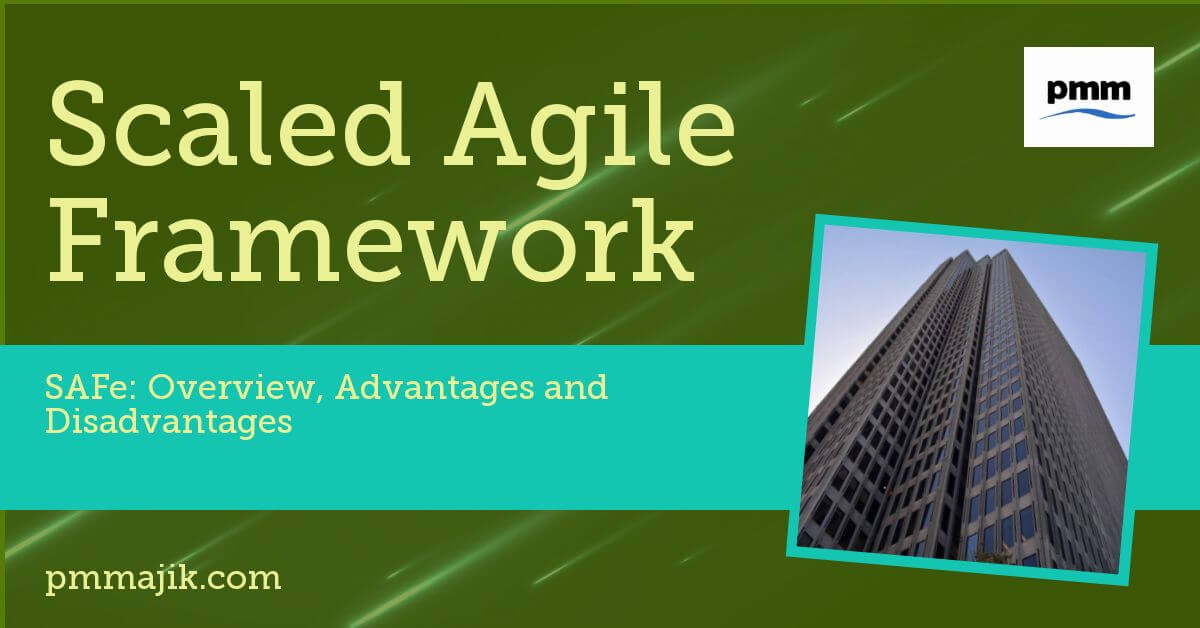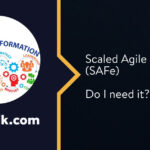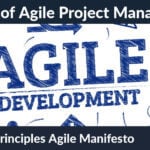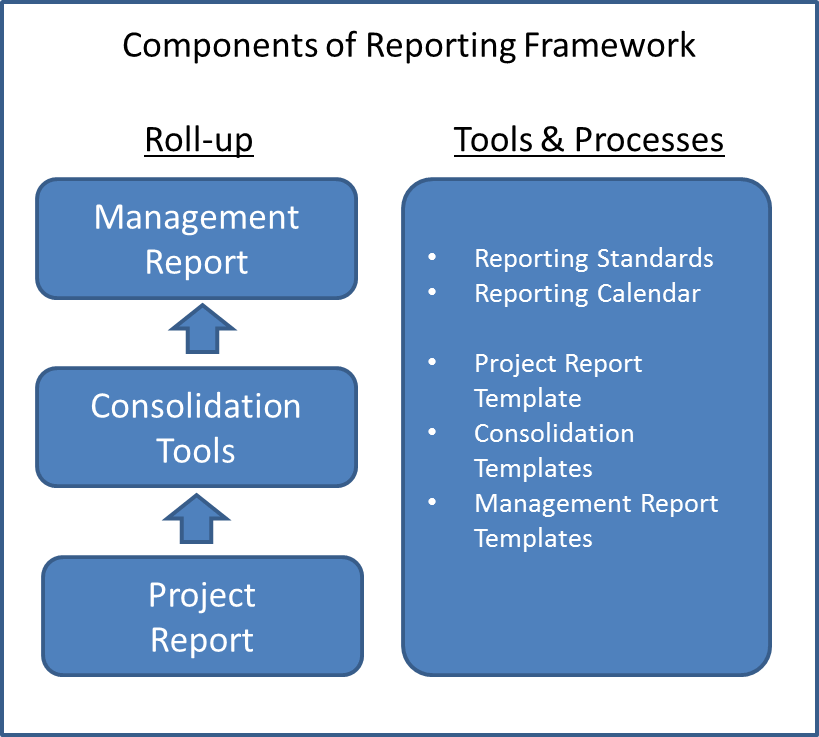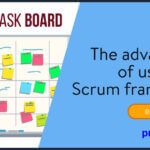Developed in 2011, Scaled Agile Framework (SAFe) was designed, like many Agile practices, with software development in mind.
Its aim is to provide a framework to enable large organisations to become more agile and get their products to market more quickly. It offers greater flexibility to the team and assists with many common problems that large organisations encounter when trying to scale up their Agile operations.
The framework is most suited to complex projects that are made up of multiple, large teams.
SAFe Competencies
There are five competencies that make up SAFe.
Lean Agile Leadership
The leadership team has the authority and influence to push individuals and their teams to achieve their full potential. As such, they should drive and support organisational change and the effectiveness of operations.
Team and Technical Agility
To deliver value to customers, teams must be made up of individuals who possess high technical agility. Ensuring that teams have the vital skills necessary and adhere to lean agile practices will ensure that well-designed solutions are implemented quickly to provide the highest quality to end users.
On Demand Releases
Value is created for customers by establishing an ongoing, continuous release of deliverables.
Innovation
When agile practices are used to drive the planning, development and production of products, organisations can be more innovative.
Lean Portfolio Management
To achieve SAFe success, the organisation must have a sound strategy which takes into account financial considerations, compliance and portfolio management.
Levels of SAFe
Initially named the ‘Agile Enterprise Big Picture’, the framework explores how other Agile frameworks, such as Kanban, Scrum and Lean can be applied at three levels.
Portfolio
The portfolio level is the highest level and provides a foundation for the whole system. It is where the organisations visions, goals and strategies are determined by senior management.
Tasks that are implemented at portfolio level include:
- Reviewing intake requests
- Taking strategic themes through to realisation.
- Ensuring that new initiatives can be supported.
- Mentor teams in agile practices.
- Monitor the value and productivity of the whole portfolio.
Undertaking these tasks using Agile makes them much more efficient and gaining iterative feedback and metrics that are meaningful creates vital deliverables for the organisation.
Program
Within the program level is the Agile Release (ART) Train concept. ARTs are groups of between 8 and 12 teams who are funded to undertake long-term developments which are dictated by the enterprise strategy.
Funding teams for long-term developments ensures the continuous flow of products and services for customers.
Backlog items identified at portfolio level are pulled through to the program level and split into smaller deliverables for the teams to deliver, with the most valuable given the highest importance.
They do this by working with the teams to gain an estimate of how long features will take to complete and whether they can be split into smaller deliverables to achieve completion more quickly.
Team
The team level of SAFe is very similar, almost identical in fact, to Scrum, and is the lowest layer.
The Agile team will work together cross-functionally, to deliver items from the Product Backlog in sprints of two weeks. Each sprint begins with a planning meeting, where the team identify which items they will deliver by the end of the sprint.
Once the sprint has been completed, the team will demo the work completed, review the sprint and plan for the next one. The team is facilitated by the Scrum Master, whilst the Product Owner manages the Backlog.
Advantages of SAFe
Promotes a shift to agile
As SAFe focusses upon Lean and Agile principles, it can create a cultural shift within organisations that practice more traditional methods of Project Management, without needing any significant organisational restructuring.
Cheap to implement
Whilst training courses are available for individuals and organisations, the use of SAFe at the basic level is free of charge.
Promotes established teams
For many projects a team will be selected and dis-banded when the project is complete. SAFe advocates creating teams that stay together and scaling them across many projects.
People focussed
SAFe focusses on people and their knowledge and skills, rather than technology. The result is often a product that is better suited to the customer.
Lightweight framework
SAFe is a relatively simple framework that provides efficiency whilst ensuring that the decision-making necessary at enterprise level remains centralised.
Allows sight of the bigger picture
In Agile environments where the focus is on individual sprints, it can be difficult to see the full picture. SAFe aligns all aspects of the project to the broader organisational goals.
Disadvantages of SAFe
Not pure agile
SAFe’s top-down approach results in extra layers of administration, oversight and co-ordination. This high level of upfront planning and definition of processes results in a framework which more resembles Waterfall than Agile.
Heavily structured
The prescribed rules and practices of SAFe restrict customisation, which some organisations may find too limiting.
Too revenue focussed
Whilst fundamentally SAFe is free to use, the SAFe website focuses heavily on pushing training courses and certifications to organisations.
The SAFe website is the only real source of information on the framework and it’s use, and the focus on revenue generation is seen to stifle the growth and implementation of the framework.
For enterprise level organisations who deliver projects involving multiple teams, SAFe is a cost-effective and efficient way to scale up their agile efforts.
The great thing about the Scaled Agile Framework is that it is simple to implement and doesn’t require any major organisational change. It is important however that the senior management keep the Agile principles in mind when adopting this framework to avoid regressing back into more traditional project managements methodologies.
